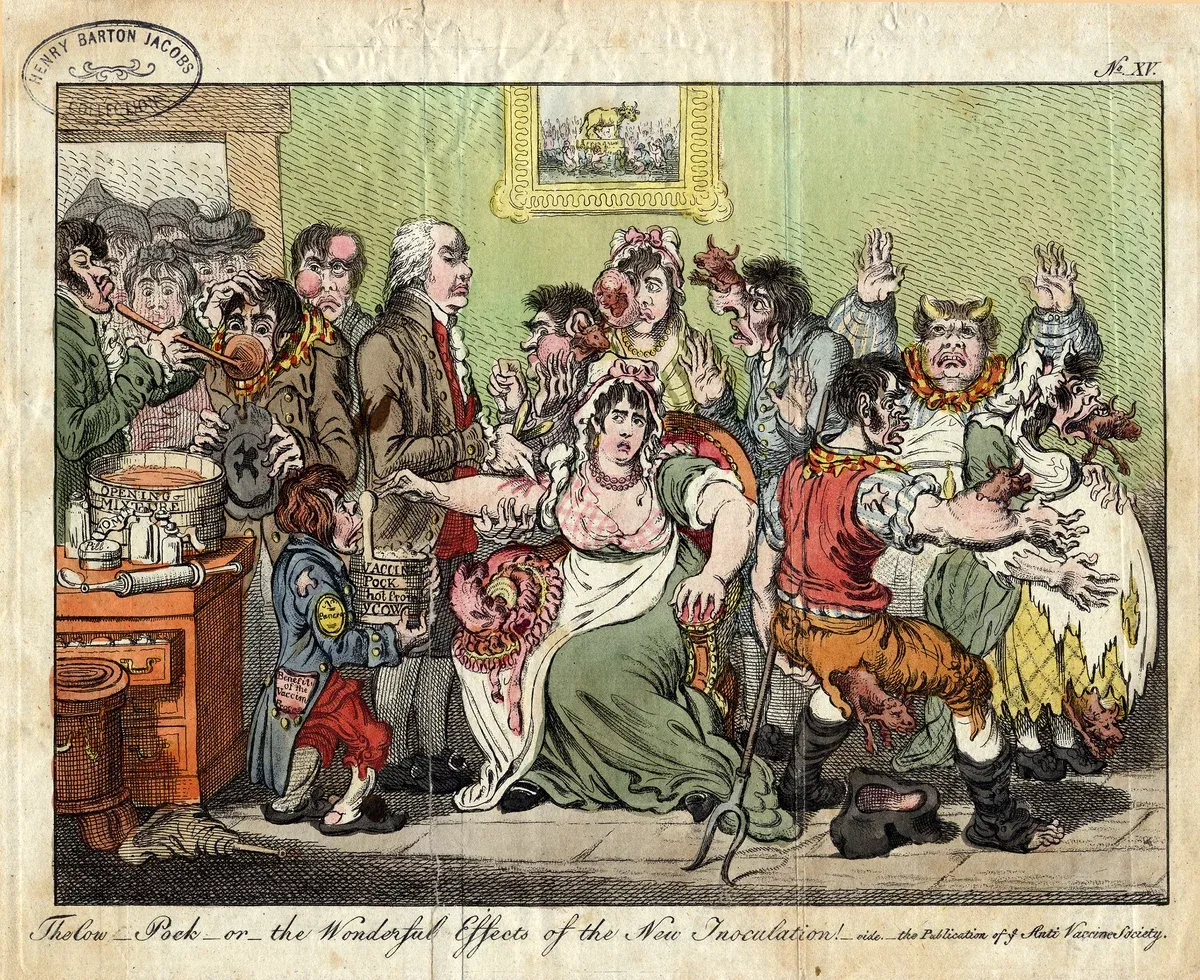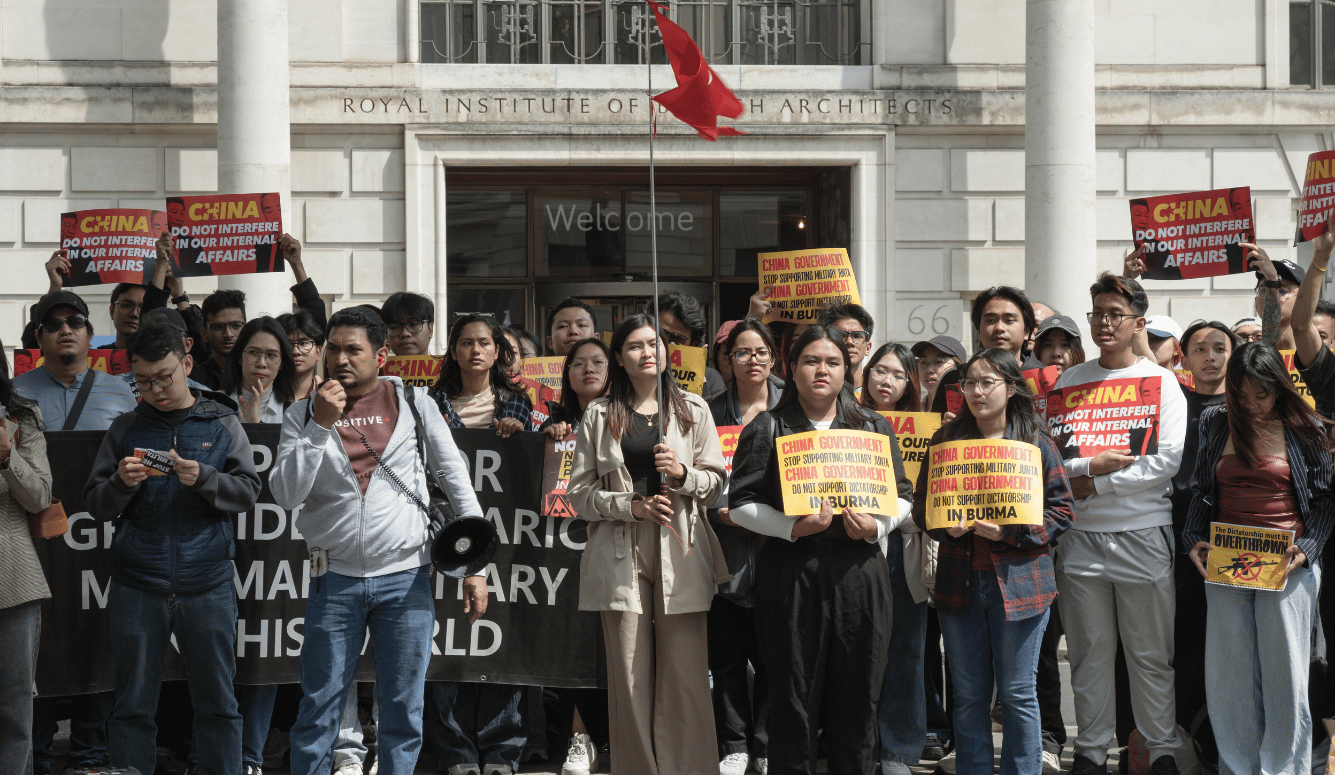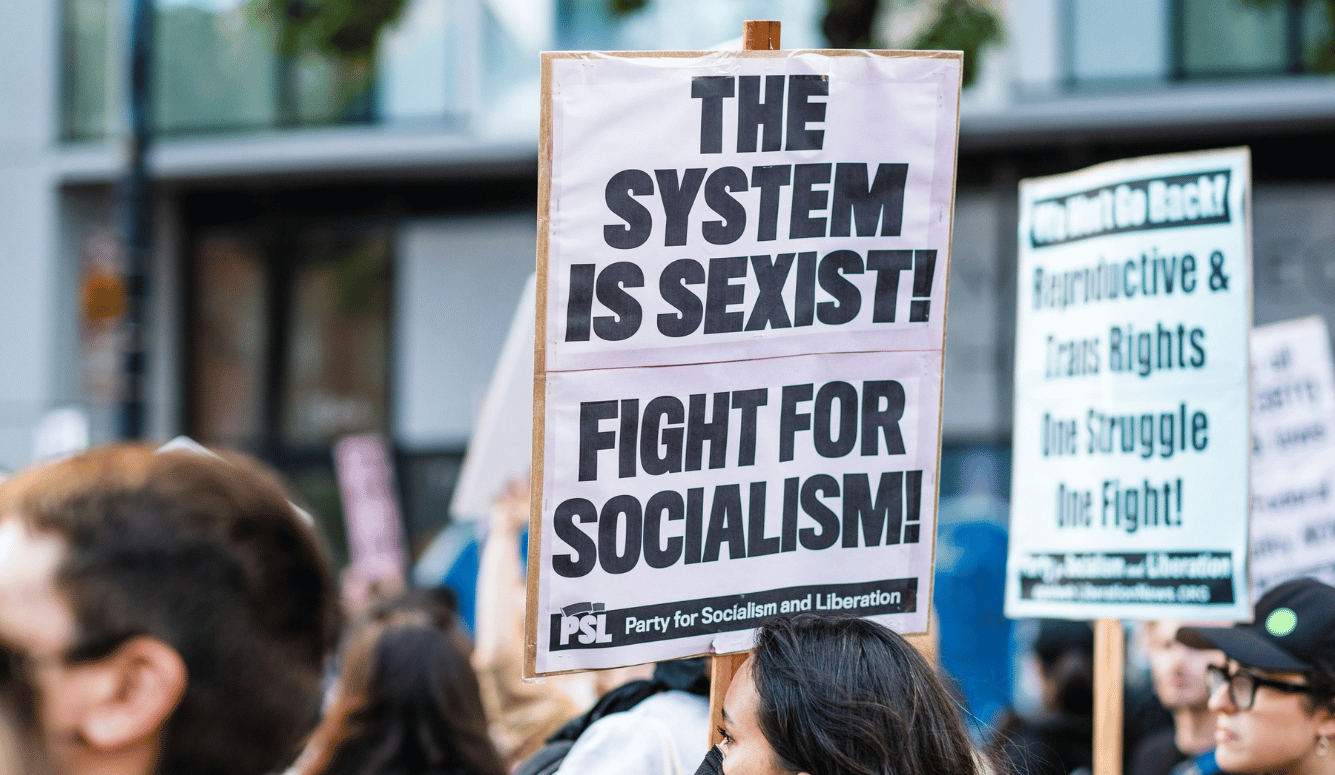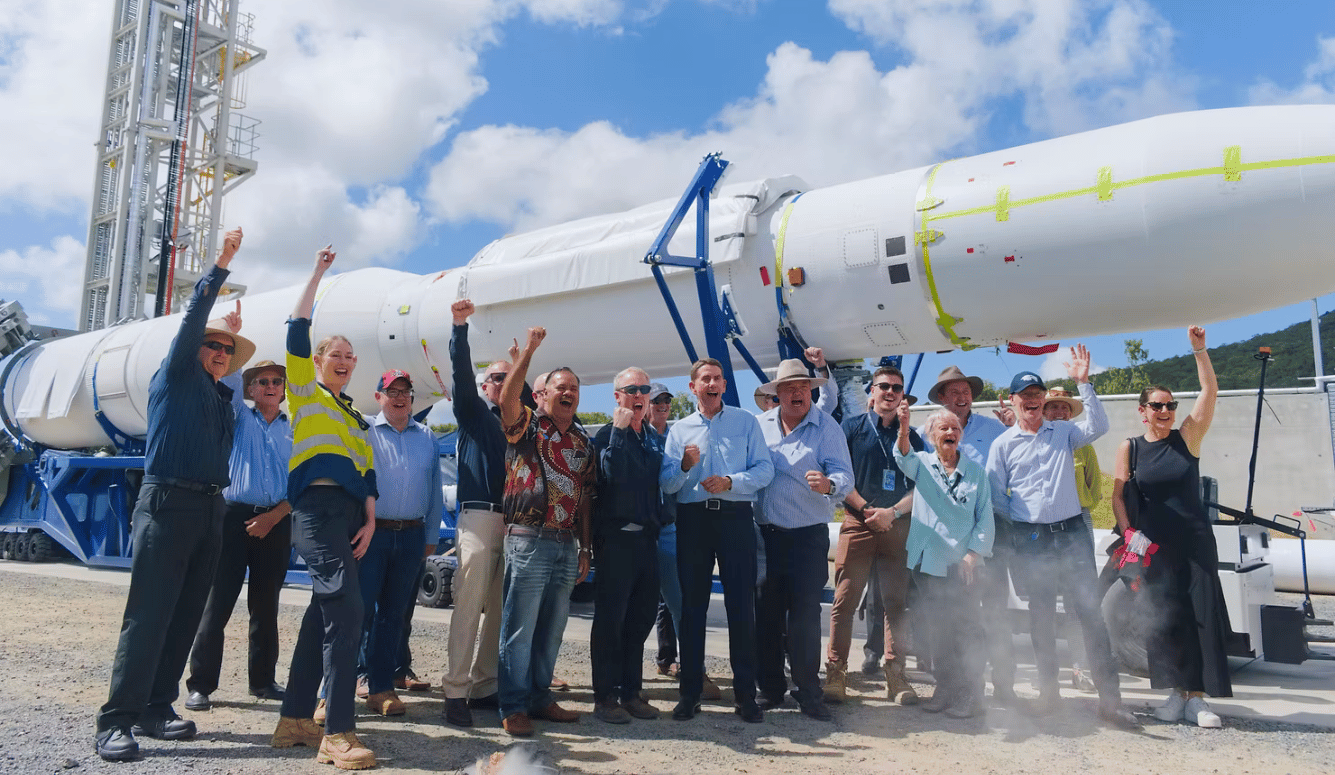COVID-19
RFK Jr.’s mRNA Betrayal: How Political Ideology Trumped Nobel Prize-Winning Science
Every layer of institutional knowledge validated this public-health technology. Yet it’s being overruled based on a politically torqued misreading of what vaccines are supposed to do.

When Robert F. Kennedy Jr. shuttered the mRNA vaccine development program operated by his department’s Biomedical Advanced Research and Development Authority (BARDA) this week, he acted on a tradition of vaccine scepticism stretching back to Edward Jenner, the English scientist who developed a smallpox vaccine in 1796. Some of Jenner’s early sceptics feared that the vaccine—which had been derived from cowpox pustules—would cause patients to develop cow-like features. The US Secretary of Health and Human Services’s rationale for ending BARDA’s mRNA research, while less luridly evocative, is equally divorced from scientific reality: He contends that mRNA vaccines “fail to protect effectively against upper respiratory infections,” and on this false basis, has ordered the termination of 22 research projects worth a combined US$500 million.
His decision represents something more troubling than mere scientific illiteracy. It reflects a broader failure of understanding in regard to how we evaluate medical interventions and what constitutes success in public health.

Every medical intervention exists on a spectrum of efficacy. Statins reduce heart attack risk by about thirty percent, not 100 percent. Cancer chemotherapy might shrink tumours in forty percent of patients, not all. We haven’t abandoned these treatments because they’re imperfect; we use them because the benefits outweigh the limitations. Yet somehow, vaccines have been held to an impossible standard of perfection.
This disconnect stems partly from how we’ve historically discussed vaccines. The near-complete elimination of diseases such as polio and measles through vaccines created an expectation that all vaccines would provide total immunity, blocking infection entirely, not just preventing illness. But this has never been true for respiratory viruses, which replicate in the upper airways, where antibody concentrations are lower and less persistent than in the bloodstream.
Consider influenza vaccines, which have been widely used since the 1940s. In a good year, they prevent perhaps sixty percent of infections. In a bad year, when predictions about circulating strains prove wrong, effectiveness can drop to twenty percent. Yet we still recommend them universally because even imperfect protection translates to thousands of prevented deaths annually.

The mRNA COVID vaccines actually exceeded this historical performance dramatically. According to Centers for Disease Control and Prevention data collected from 25 jurisdictions, in mid-to-late 2021, when the Delta and Omicron variants of the underlying SARS-CoV-2 virus were predominant, the likelihood of COVID-attributable death was reduced by 98 percent for fully vaccinated adults who received booster doses. A 2022 New England Journal of Medicine-published analysis of 6.06 million PCR-based test results found that protection against severe disease remained above ninety percent even as antibody levels waned. These are extraordinary numbers by any reasonable standard. A Commonwealth Fund analysis found that vaccinations prevented 3.2 million deaths in the United States alone. Globally, the number of lives saved has been estimated at between 14.4 million and 19.8 million.
Two of the three COVID vaccines used in the United States—Pfizer-BioNTech and Moderna—are based on mRNA technology. And the speed of their development was revolutionary. Traditional vaccine development takes decades. The first rotavirus vaccine, for instance, took 26 years from identifying the underlying virus in 1973 to FDA approval in 1998. (It was withdrawn due to safety concerns a year later, and a replacement didn’t arrive until 2006.) The malaria vaccine approved in 2021 took over thirty years to develop. Even the mumps vaccine, developed in record time, required four years from virus isolation in 1963 to licensure in 1967.
A Commonwealth Fund analysis found that vaccinations prevented 3.2-million deaths in the United States alone. Globally, the number of lives saved has been estimated at between 14.4-million and 19.8-million.
By using technology based on mRNA—messenger RNA, the molecule that carries genetic instructions from DNA to protein-making machinery within our bodies—researchers bypassed many of the constraints traditionally associated with vaccine development. The genetic sequence of SARS-CoV-2 was published on 11 January 2020; and Moderna designed its vaccine just two days later. By March, trials were underway. By December, we had Phase 3 data showing 95 percent efficacy against severe disease. The previous four-year speed record, indicated above, had been shattered by a factor of four.
This wasn’t luck. It was the culmination of decades of research, much of it by Hungarian-American biochemist Katalin Karikó, who spent years fighting for funding while colleagues dismissed her work as a dead end. She was demoted at the University of Pennsylvania in 1995, and her grant applications were repeatedly rejected. The breakthrough came when she and Drew Weissman discovered that modifying one of mRNA’s building blocks allowed it to slip past an immune system’s initial defences. This insight, published in 2005 under the misleadingly obscure title, Suppression of RNA recognition by Toll-like receptors: the impact of nucleoside modification and the evolutionary origin of RNA, made mRNA vaccines possible. Eighteen years later, it won the pair the 2023 Nobel Prize in Physiology or Medicine.
How much do you know about this year's medicine prize?
— The Nobel Prize (@NobelPrize) October 11, 2023
The prize was awarded to Katalin Karikó and Drew Weissman for discoveries concerning nucleoside base modifications that enabled the development of effective mRNA vaccines against COVID-19.
More at: https://t.co/6YZjiK64vm pic.twitter.com/ZtDvMtWcKh
Kennedy’s decision reflects a deeper epistemological crisis in how we evaluate evidence. During the pandemic, every vaccinated person who contracted COVID became an anecdote undermining vaccine efficacy in the public mind. The use of terms such as “breakthrough infection” to denote incidents in which vaccinated individuals became infected reinforced the false perception of a public-health fortress crumbling in the face of the disease. Meanwhile, the prevented hospitalisations and deaths remained invisible. You can’t point to someone who didn’t die and definitively say they were saved by vaccination.
This creates what economists call an identifiable victim problem—the human tendency to sympathise with a single known victim instead of a group whose membership is unknown—except in reverse: the costs of disease prevention are visible and specific, while the benefits are statistically abstracted and diffuse. When prevention works, the catastrophe doesn’t happen, making the prevention itself seem (retroactively) unnecessary.
It’s a cognitive trap that requires statistical literacy to escape—the kind of statistical literacy that one would hope (and normally expect) would be exhibited by the Secretary of Health and Human Services.
Kennedy, who has a long history of spreading vaccine-related misinformation and conspiracy theories, has announced that he will redirect federal funding to “whole-virus vaccines,” a move that effectively returns us to 1950s-era technology. These vaccines require growing live viruses, a slow, expensive process requiring Biosafety Level-3 facilities. And unlike mRNA-based vaccines, which can be reprogrammed synthetically, they can’t be rapidly updated for newly emerging variants. During the 2009 swine flu pandemic, it took six months to retool egg-based production lines in response to a new flu strain. With mRNA technology, that timeline shrinks to weeks.
The required lipid nanoparticles, modified nucleotides, and associated manufacturing processes all represent billions in fixed development costs that have already been paid. Abandoning the field now is like shuttering NASA after Apollo 11.
The opportunity cost extends far beyond COVID. Researchers are developing mRNA-based vaccines for diseases that have resisted traditional approaches for decades, including malaria, tuberculosis, and HIV. Cancer vaccines personalised to target individual tumour mutations are showing promise in trials. Universal flu vaccines protecting against all strains are within reach. Each application builds on the platform validated during COVID. The required lipid nanoparticles (tiny fat bubbles that ferry mRNA into cells), modified nucleotides, and associated manufacturing processes all represent billions in fixed development costs that have already been paid. Abandoning the field now is like shuttering NASA after Apollo 11.
The civilisational stakes couldn’t be higher. Pandemics are accelerating in frequency. We’ve had three coronavirus spillovers in twenty years. H5N1 influenza is spreading in mammals. Antimicrobial resistance threatens to return us to the pre-antibiotic era. Against these threats, mRNA technology offers something unprecedented: the ability to respond at the speed of information rather than the speed of biology.
When the next pandemic virus emerges, the difference between a vaccine in 100 days versus 1,000 days won’t be academic. It will determine whether we lose thousands or millions of lives, whether economies enter temporary recession or collapse entirely, whether democratic societies maintain cohesion or fracture under stress. The COVID pandemic cost the United States an estimated $16 trillion. The Operation Warp Speed investment of roughly $18 billion in vaccine development prevented losses orders of magnitude greater. By any cost–benefit analysis, this was among the highest-return investments in human history.
Perhaps most discouraging is what this decision signals about the relationship between expertise and policy. The mRNA vaccines were developed by scientists, tested by clinicians, evaluated by statisticians, and approved by regulatory experts. Every layer of institutional knowledge validated their safety and efficacy. Yet all of this is being overruled based on a fundamental misreading of what vaccines are supposed to do.
Young scientists watching this reversal will draw obvious conclusions. Why pursue breakthrough research (in the United States, at least) if political winds can destroy decades of work? Why develop pandemic countermeasures if success will be redefined as failure? The brain drain from public-health research could set back preparedness by a generation.
We’re witnessing a trust recession, a collapse in the shared frameworks that allow complex societies to function. When political leaders can dismiss Nobel Prize-winning science with false claims, when proven technologies are abandoned for ideological reasons, the foundation of evidence-based policy crumbles.
The tragedy is that we had, briefly, a different model. Operation Warp Speed represented science and government working at their best: clear goals, adequate resources, regulatory flexibility, and public–private partnership delivering miraculous results. That success should have been a template. Instead, it’s being memory-holed.
As an infectious-disease physician who treated COVID patients through the pandemic’s darkest months, I witnessed the transformation these vaccines enabled. In December 2020, our ICU was filled with dying patients we couldn’t save. By spring 2021, vaccinated patients simply weren’t showing up with severe disease anymore. The contrast was stark: unvaccinated patients continued arriving critically ill while the vaccinated remained home, recovering from what had become a manageable illness.
As an infectious-disease physician who treated COVID patients through the pandemic’s darkest months, I witnessed the transformation these vaccines enabled.
But personal testimony shouldn’t be necessary. The data are overwhelming, the science is clear, and the implications of abandoning this technology are catastrophic.
It’s been less than five years since SARS-CoV-2 emerged. The next pandemic pathogen is already circulating somewhere, waiting for the right conditions to spread. When it does, we’ll need every tool available. Discarding mRNA technology now isn’t just foolish. It’s an abdication of duty to future generations. History will record who chose ideology over evidence, and its verdict will be scathing.






